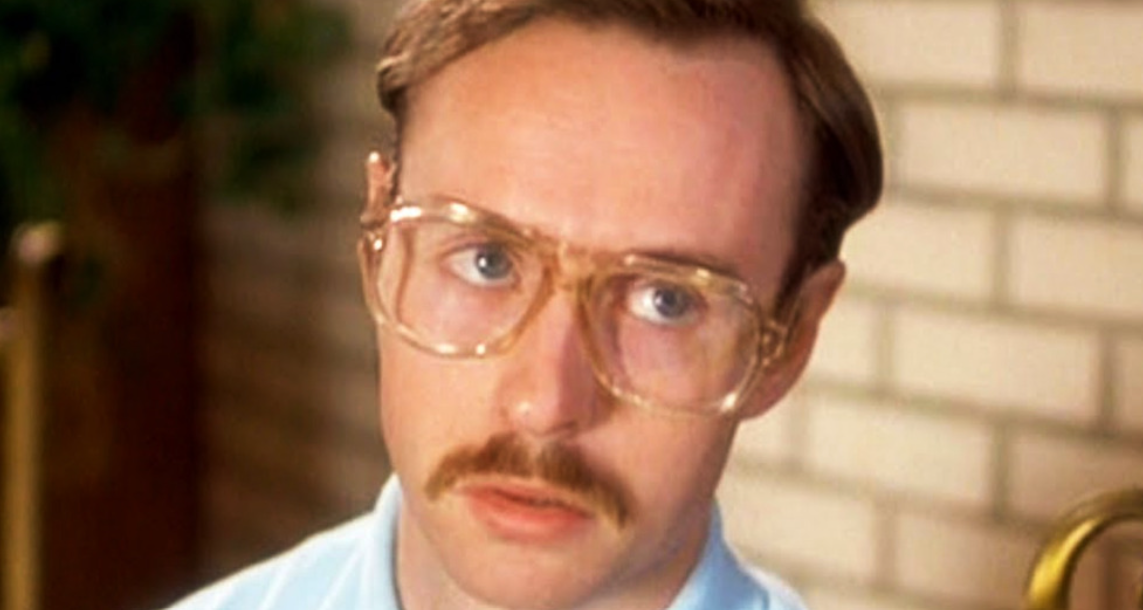Digital Pathology Part 1: Just boring old microscope stuff
I now realize that I started my career as a pathologist with a complete misunderstanding of how most people view pathologists. I was trained at Oklahoma State University where the pathologists were the cool faculty members. Dr. Jerry Ritchey and Dr. Tony Confer brought their electric guitars to class and belted out their own pathology version of classic rock songs such as “Feel like makin’ pus”, “Knock, knock, knockin’ on the D-lab door”. Their much acclaimed “Malignant Potential Tour” is still recounted among those lucky enough to be around in the band’s heyday.
AC/VP Band- 2009 Tour "If it ain't firm, it ain't pneumonia"
With the belief that pathologists were the equivalent of veterinary superstars, I naively launched into the field only to later find out that our members are more typically compared to the likes of “Kip” from Napoleon Dynamite: nerds sitting in our quiet little offices looking at microscope slides all day. Although clinicians view us as invaluable members of the team working up their sick patients, we are rarely thought of as the life of the party….. or even get invited to the party…..
6 years ago I was on a lecture circuit speaking to groups of veterinarians about the latest innovation in veterinary diagnostics: digital pathology. At the time, digital pathology was brand new to veterinary medicine and had leap-frogged human medicine in its commercial adoption. For over 150 years, pathologists had been looking through microscopes at glass slides, but over the course of a few months, those at the large veterinary diagnostic labs had ditched their microscopes and were exclusively looking at digitized microscope slides to make their diagnoses. Many of us pathologists were uber excited about this transformation of our daily work, but quickly found out that our clients didn’t really care whether their pathologists were reviewing glass or digital slides, they just wanted a diagnosis. The large corporate labs didn’t see the business case to warrant robust marketing campaigns about it, definitely not as exciting as a new parasiticide or allergy medicine. So digital pathology became a quiet revolution in veterinary medicine, arriving with little fanfare.
This series will show how this seemingly simple move from glass to digital microscope slides would not just create efficiencies for pathologists, but would set the stage for AI image analysis, unlocking new data from traditional images and giving birth to startup companies developing entirely new diagnostic tests. A decades-old, stale diagnostic approach to disease became an unrealized source of data ready to be mined and used in new ways. We’ll walk through the basics of digital pathology and how it creates efficiencies for the traditional pathology lab, and then move on to explore how it sets the stage for AI-assisted enhancements in workflow and pathologist review. We’ll then explore the cutting edge of AI in pathology and how it’s fueling startup companies, and where this digital pathology revolution may take us.



